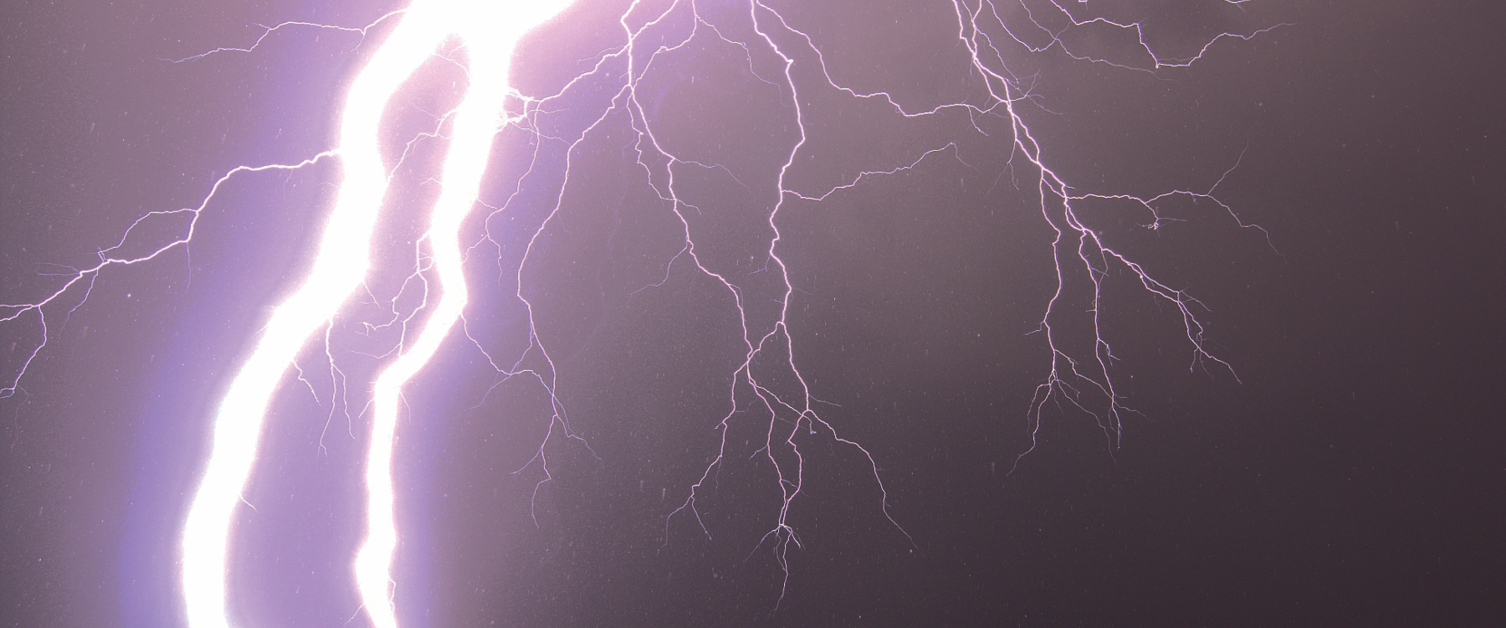Look, Up in the Sky! It's...Superbolts!
- By AMS Staff
- May 13, 2024
Very close lightning strike observed during a thunderstorm in Mainz, Germany.
[Photo Credit: Oliver Schlenczek (distributed via imaggeo.egu.eu)]
![Very close lightning strike observed during a thunderstorm in Mainz, Germany. [Photo Credit: Oliver Schlenczek (distributed via imaggeo.egu.eu)]](/weatherband/assets/Image/parcels_look_up_in_the_sky.png)
Very close lightning strike observed during a thunderstorm in Mainz, Germany.
[Photo Credit: Oliver Schlenczek (distributed via imaggeo.egu.eu)]
Q: What causes the strongest lightning on Earth?
A: Superbolts are 1,000 times more energetic than the average lightning bolt. Although they comprise less than 1% of all lightning, they can wreak havoc on ships and infrastructure when they do strike. New research published in the Journal of Geophysical Research: Atmospheres has for the first time revealed that the formation and distribution of these powerful bolts depends on the distance between a storm cloud’s electrical charging zone and Earth’s surface.
In the study, researchers utilized data from radio wave detectors to study correlations between superbolt strength and various properties of storms, including aerosol concentrations, charging zone height, cloud top and base temperatures, and land and water surface height. They found that lightning energy increases most significantly as the distance between a charging zone and Earth’s surface decreases. In general, this is because there is less electrical resistance when there is a shorter distance between the charging zone and the surface, creating a higher current and, consequently, more powerful bolts. To a lesser extent, cold cloud top temperatures also increase lightning energy, while warmer cloud bases decrease it. Previous studies had suggested that aerosols have a notable effect on superbolt strength, but the new study found no such connection. The Mediterranean Sea, the northeast Atlantic Ocean, and the Altiplano in the Andes Mountains are the three areas of the world that experience the most superbolts, and all three areas have a short distance between charging zones and surfaces. “The correlation we saw was very clear and significant, and it was very thrilling to see that it occurs in the three regions,” says lead author Avichay Efraim of the Hebrew University of Jerusalem. “This is a major breakthrough for us.” [Source: American Geophysical Union]
* For more content from the Bulletin of the American Meteorological Society, please click here.
